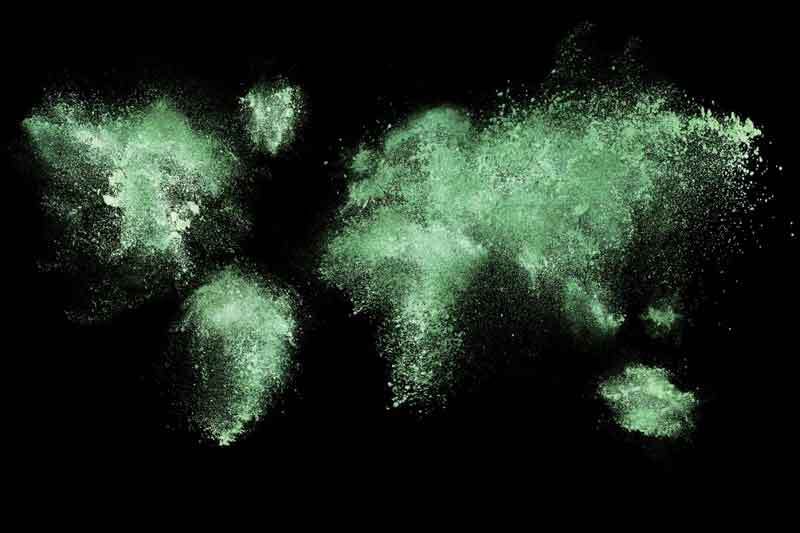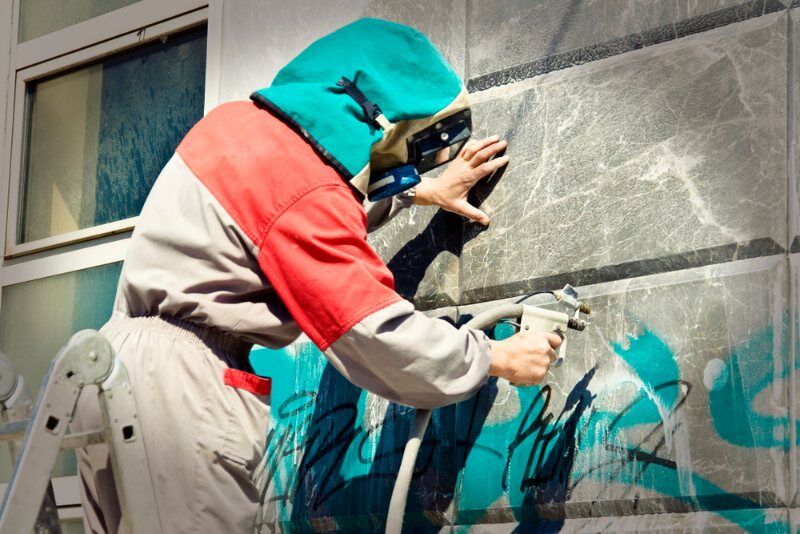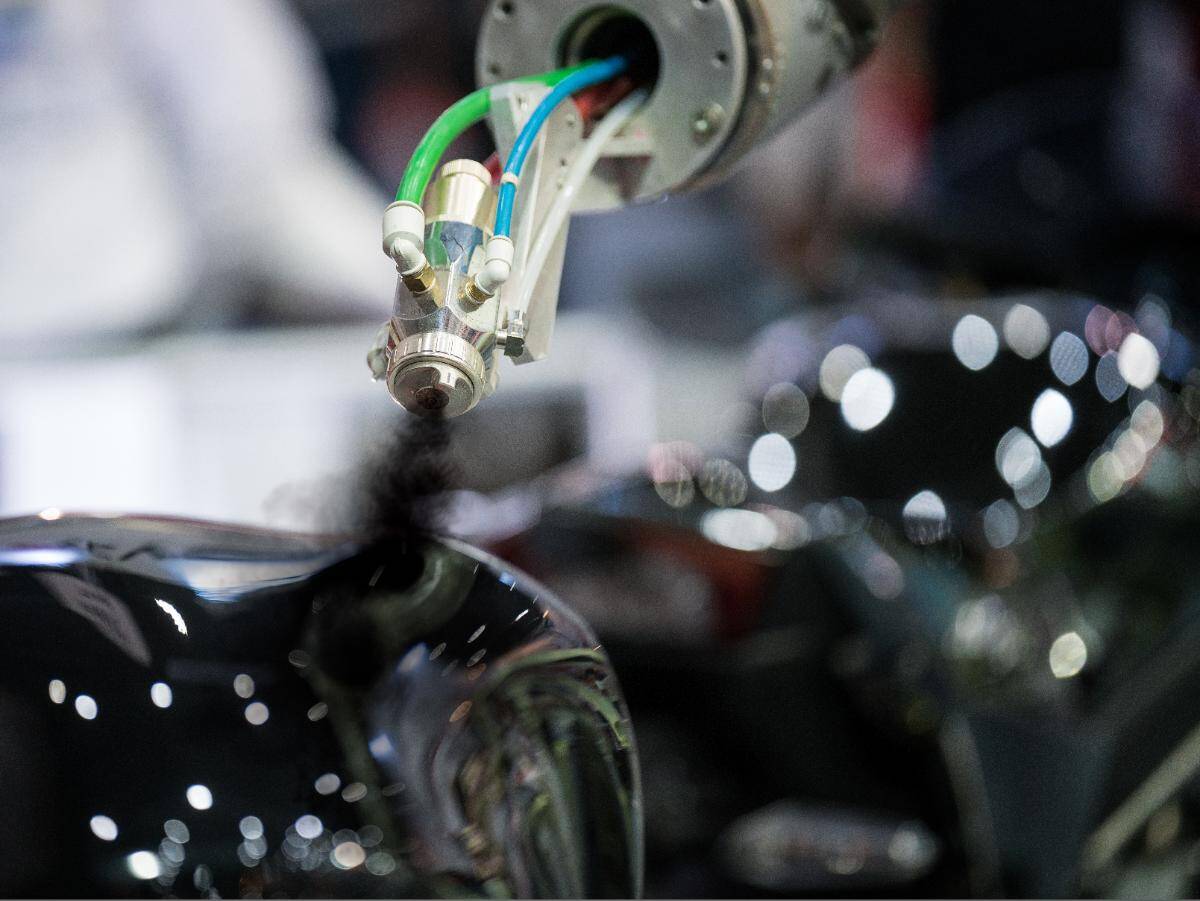Sustainable coating

A greener planet with sustainable coating
Many companies and consumers have become more concerned with how to achieve sustainability in their products and how their role in the industry impacts the environment. As a result, many new products have been developed with sustainability in mind. This has also resulted in products with reduced levels of environmentally harmful elements. This was necessary considering that coating companies throw away more than a millions of liters of paint every week. It is not surprising that companies around the world are trying to reduce their environmental footprint by:
- Reducing VOC compounds and emissions from their products
- Creating more durable and efficient coatings
- Increasing their recyclability
- Increasing the number of water-based products
In this article, we will look at how companies are trying to address the issue of sustainable coatings and how they have actually achieved sustainability.
Innovation and durability lead to more sustainable coatings
The need for durable, sustainable coatings is driving innovation in the coatings industry. This is because there are some factors that go into creating a sustainable product. These three are the durability of the product, followed by the amount that is needed, and finally the act of creating the product itself. Each of these points needs to be focused on and approached from an environmental point of view. We need to find ways that will reduce VOC and CO2 emissions, lead to less product waste, less power consumption, less fuel consumption. The saying "less is more", is there for a reason and it definitely holds true for our environment.
Less paint means less waste
Optimizing the use of paint can be achieved by reducing the amount of resources needed and reducing the amount of paint left over. This leads to what we like to call "green coatings". This can be achieved by improving the opacity and coverage of a coating, which will result in a reduction in the amount of paint needed while maintaining the same quality seen in the final product. Another way to make a coating more sustainable is to increase the life of the coating. An increase in durability goes hand in hand with an increase in sustainability. Obviously, a coating that lasts longer is better for the environment than one that has had to be recoated once or twice in that time. There are several factors that must be considered that can affect the durability of the coating, such as: weather conditions, temperature extremes, abrasion or wear.
Sustainable coatings for substrates
Coatings not only provide a decorative function, they also build on the existing functions of a substrate. This can be seen in the marine industry. Marine life tends to adhere to the hulls of many ships, resulting in a 40% increase in fuel consumption. To prevent this, there is a special coating called antifouling paint. Ships that use antifouling paint on their hulls have less biofouling, which leads to higher sustainability. This shows that being sustainable is not just about using sustainable or "green" materials for your coating, but so much more. This applies to planes, trains and cars as much as it does to ships. Sustainability is an area where there is so much more to be gained by exploring the possibilities, for coatings and for other products.
The villains for the environment: VOCs and heavy metals in coatings
If we focus on the environment and look at what is most harmful to the environment, the first two harmful substances found in coatings are VOCs and heavy metals. Volatile Organic Compounds (VOCs) are natural or man-made organic chemicals that have a relatively low boiling point. When they reach their boiling point, VOCs vaporize, releasing harmful gases into the air that cause the dry paint odor that lingers long after the paint has dried. However, it is difficult to eliminate VOC emissions from paint because the solvent used in paint has a high concentration of VOCs. Some of the VOCs found in paint are ammonia, toluene, xylene, benzene, and formaldehyde. Several of these VOCs can react with nitrogen oxides to form ozone. Ozone is a precursor to smog and contributes to air pollution. It can be particularly harmful to urban areas, which are likely to already have higher levels of smog in the air due to CO2 emissions.
More sustainable coatings by eliminating solvent-based paint
The market is moving in a greener direction as customers demand more environmentally friendly coating options. In addition, VOC regulations have become more strict. This has led to the elimination of a number of solvent-based paints, which have the highest concentrations of VOCs. Water-based coatings became a popular choice for consumers because they were a sustainable alternative with a low concentration of VOCs. The low VOC level is achieved by replacing the chemical solvent with a water-based solvent, which is inherently low in VOCs. Companies have seen this shift in their market and have wisely invested in creating or improving low-VOC coatings. Nowadays, at least 80% of the paint sold is water-based. Water-based paints can easily be used on everything: from metal substrates to concrete or wood structures.
A more sustainable coating is within reach
adhesives+coatings closely follows developments in the coatings industry. Are you looking for a sustainable coating or a specific coating solution? Don't hesitate to contact us. We are happy to help you find sustainable coating solutions.
What solution are you looking for?
We are specialized in the sustainable coating. Need the best products or advice? Then please leave your details and we will get in touch.


